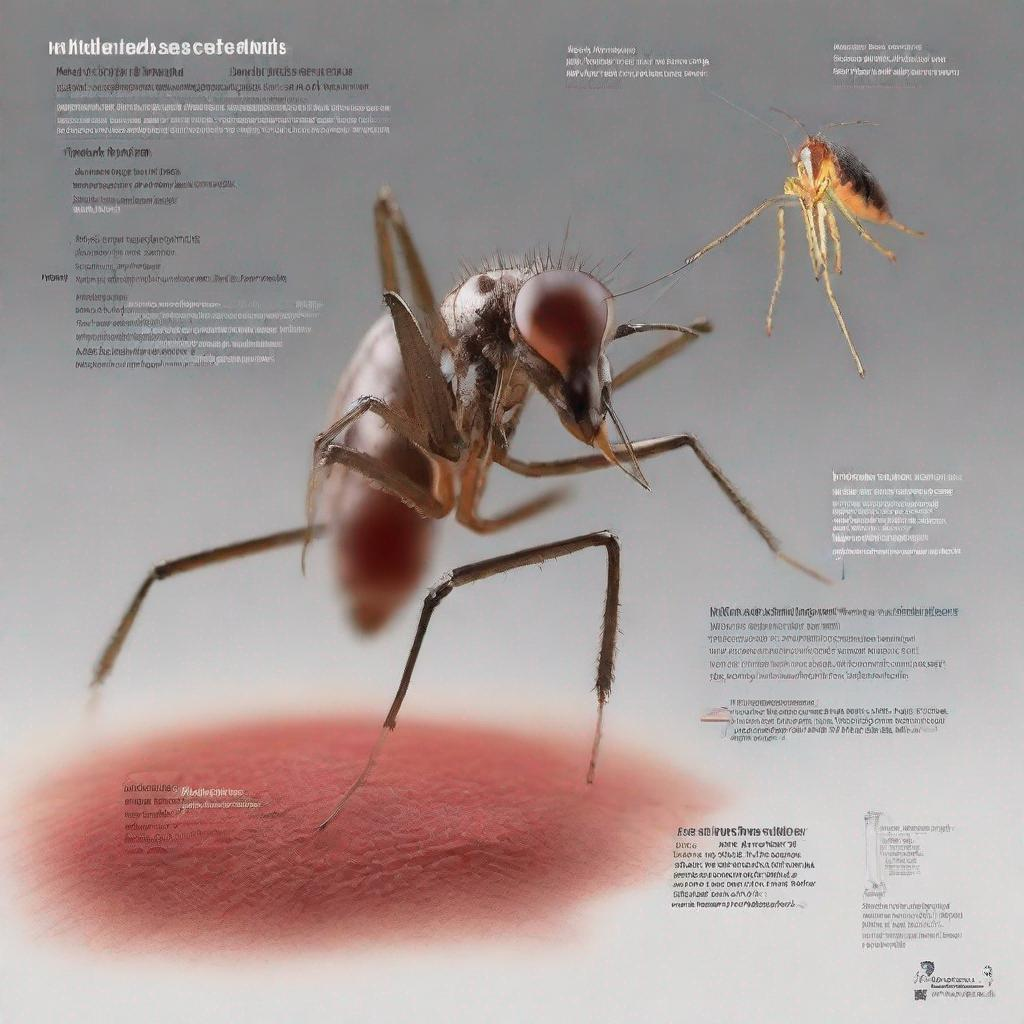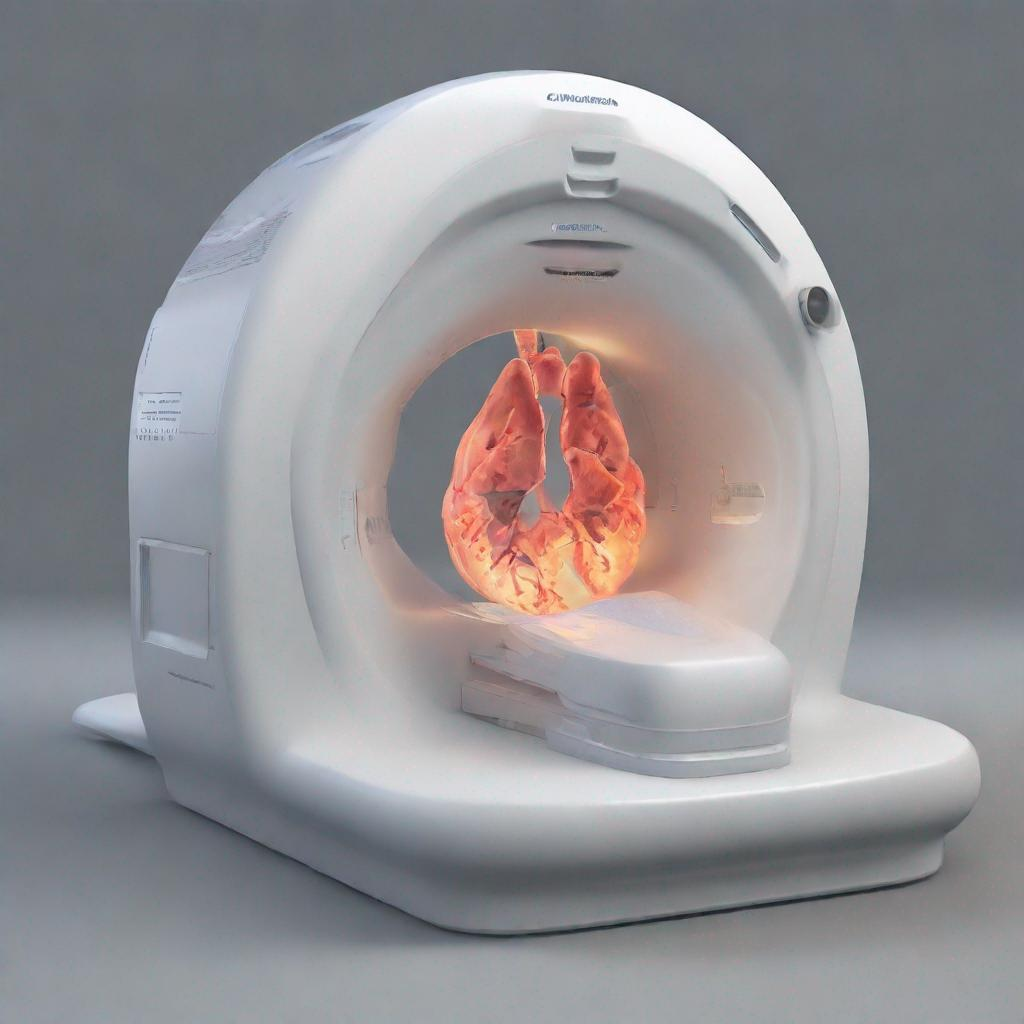## Malaria: A Comprehensive Understanding
**Introduction**
Malaria is a deadly parasitic infection transmitted through the bite of infected Anopheles mosquitoes. It is a global health concern, affecting millions worldwide, particularly in tropical and subtropical regions. Symptoms typically appear 10-15 days after infection and include fever, chills, sweating, and headaches. Severe forms of malaria, known as cerebral malaria and severe malaria, can lead to life-threatening complications.
**Diagnosis**
Diagnosing malaria requires a blood test, typically a blood smear microscopy or a rapid diagnostic test (RDT). These tests detect the presence of malaria parasites in the blood. Doctors specializing in infectious diseases or travel medicine usually diagnose and treat malaria.
**Prevention**
Preventive measures against malaria include:
* **Vector Control:** Using insecticide-treated mosquito nets (ITNs), repellents, and controlling mosquito breeding sites
* **Chemoprophylaxis:** Taking anti-malarial drugs before traveling to malaria-endemic areas
* **Intermittent Preventive Treatment (IPT):** Providing anti-malarial drugs to pregnant women and children in high-risk areas
* **Seasonal Malaria Chemoprevention (SMC):** Administering anti-malarial drugs to children during peak malaria season
**Body Parts Affected by Malaria**
* Liver
* Spleen
* Brain
* Bone marrow
* Red blood cells
**Types of Malaria**
Based on the species of malaria parasite, there are different types of malaria:
* Plasmodium falciparum (causes the most severe form, malaria tropica)
* Plasmodium vivax
* Plasmodium ovale
* Plasmodium malariae
**Symptoms**
* **Uncomplicated Malaria:** Fever, chills, sweating, headache, muscle aches, nausea, and vomiting
* **Severe Malaria:** Cerebral malaria (seizures, coma), severe anemia, kidney failure, liver failure
* **Relapsed Malaria:** Symptoms recurring after initial treatment due to drug resistance
**Treatment**
Treatment for malaria depends on the type and severity of infection. Common medications used include:
* Chloroquine
* Artemether-lumefantrine (Coartem)
* Quinine
* Mefloquine
* Atovaquone-proguanil (Malarone)
* Sulfadoxine-pyrimethamine (Fansidar)
* Artesunate
* Artesunate-amodiaquine
**Complications**
Untreated malaria can lead to severe complications, such as:
* Cerebral malaria
* Severe anemia
* Jaundice
* Kidney failure
* Liver failure
* Pregnancy complications
**Vaccinations**
Currently, only one malaria vaccine, Mosquirix (RTS,S), is recommended by the World Health Organization (WHO) for children living in malaria-endemic areas. However, it provides only partial protection and should be used in combination with other preventive measures.
**Research**
Ongoing malaria research focuses on:
* Developing more effective vaccines
* Improving diagnostic methods
* Identifying new treatment strategies
* Combating drug resistance
* Strengthening malaria surveillance and control systems
**Conclusion**
Malaria is a preventable and treatable disease that continues to pose a significant health threat globally. By promoting preventive measures, improving diagnosis, developing new treatments, and investing in research, we can work towards the ultimate goal of malaria elimination.




